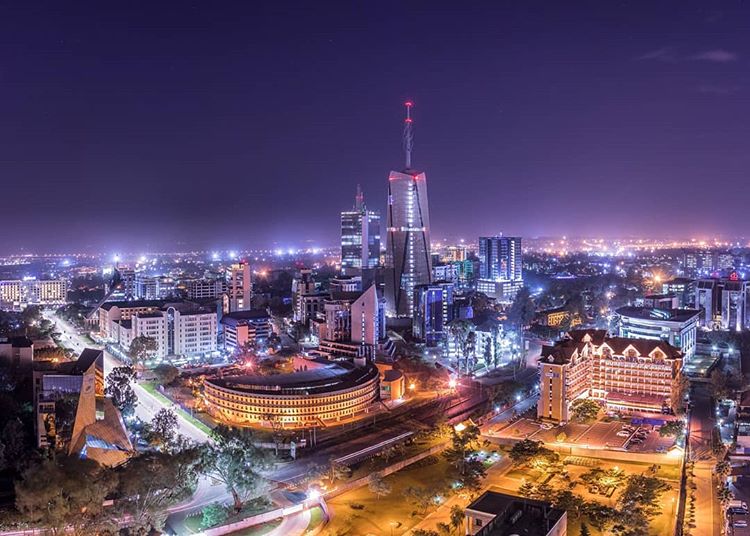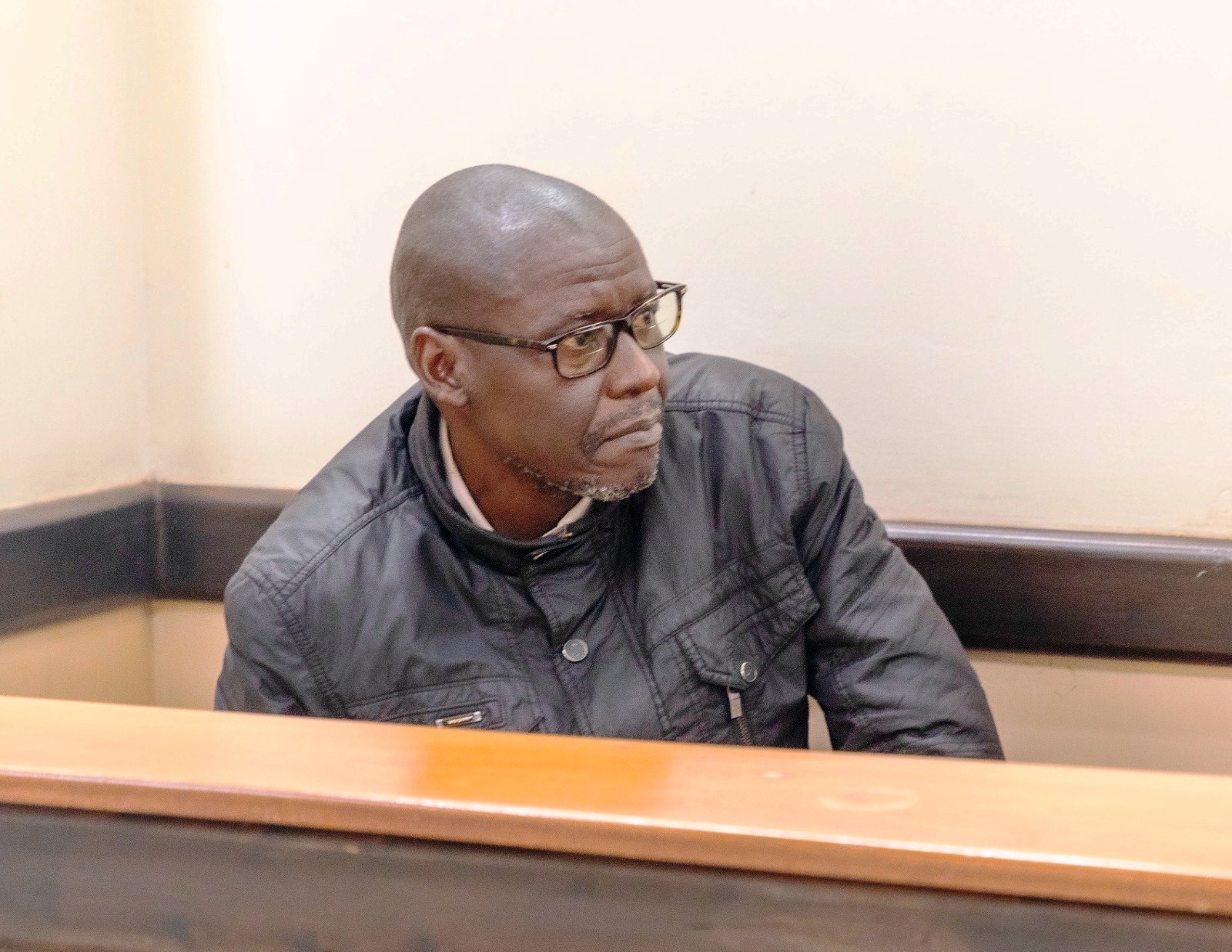According to court records, the conflict dates back to 2009 when the plaintiff company allegedly took possession of the land, registered as Land Reference Number 3734/428. On 3rd July 2025, Justice Christine Ochieng ruled: “I find that the Plaintiff entered the suit land in 2009, without permission from the Defendant. Further, it has occupied the land openly, without secrecy, without force, and without licence or permission of the Defendant.
This in essence means that time began to run in 2009 and by the year 2021, the Plaintiff had been on the suit land for twelve (12) years. It is trite that once a party has uninterruptedly, notoriously, and openly occupied land for more than twelve (12) years without permission from the owner, then the owner is estopped from claiming it, but is simply holding the title to the said land in trust for the adverse possessor. From the photographs presented as annexures, it is clear the Plaintiff is on the suit land.”
On 9th January 2024, Guo Huadong, Director of the plaintiff company, applied for the court to register the firm as the legal owner of the suit land, citing the principle of adverse possession and claiming to have fulfilled the legal requirements under the Limitation of Actions Act.
The Act provides that a party occupying land peaceably, without force, uninterrupted, and without the authority of the original owner, for a continuous period of 12 years, may apply to be registered as the legal owner. The principle does not apply in cases of occupation that are forceful, stealthy, permissive, or fraudulently acquired.
Unable to trace the directors of the defendant firm for service of court papers, Guo sought and was granted leave to serve the matter by newspaper publication, which was effected on 11th November 2024. The defendant did not respond, and the matter proceeded undefended.
In documents filed in court, Guo and employees of the plaintiff company stated that they found the land abandoned and unoccupied, though it was still registered in the defendant’s name. They proceeded to erect structures on it.
The company stated that from 2009, it constructed a hardware shop on the land and used it to store construction materials. The occupation, they claimed, was peaceful, exclusive, and continuous. They also connected the premises to water, electricity, and internet, with no objection or interference from the original owner.
Further, the plaintiff claimed to have paid all applicable land rates and constructed residential housing for staff, all without challenge from the defendant. “He alleges that the… occupation and enjoyment of the suit land has been flagrant and open to the public eye, continuous, notorious, exclusive, and hostile for a period exceeding twelve (12) years,” observed the judge while summarising the testimony.
In an affidavit, a witness for the plaintiff clarified that the similarity in names between the two companies was not intentional: “…PW1 avers that it is a pure coincidence that the Plaintiff’s and Defendant’s names have similarities, as they are not related in any way. He pointed out that Chinese corporations tend to share similar names, since such names are generated from the city where the corporation is located or where its founders originate.”
Meanwhile, court documents described the defendant, China Jiangsu International Economic Technical Cooperation Corporation Limited, as: “…a company promoted by Chinese nationals who were residing in Kenya at the time, [and had] gradually ceased operations and abandoned the suit land…”
In final submissions, the plaintiff argued that, under Sections 7 and 38 of the Limitation of Actions Act, the defendant lost its right to recover the land after failing to take action within twelve years from 2009. Simultaneously, the plaintiff had acquired the right to be registered as the legal owner.
The judge, citing statutory provisions and case law, ruled in favour of the plaintiff, noting that the company had demonstrated uninterrupted occupation since 2009, and the defendant had failed to contest the application despite being duly served.
Justice Ochieng concluded: “In the circumstances, while relying on the legal provisions cited and associating myself with the decisions quoted, I find that the Plaintiff has proved that it has occupied land reference number 3734/428 openly, uninterruptedly, notoriously and without permission from the owner for more than twelve (12) years. I find that the Plaintiff should hence be declared to have acquired proprietary and ownership rights over the parcel of Land Reference Number 3734/428, through adverse possession.”
[/full]





